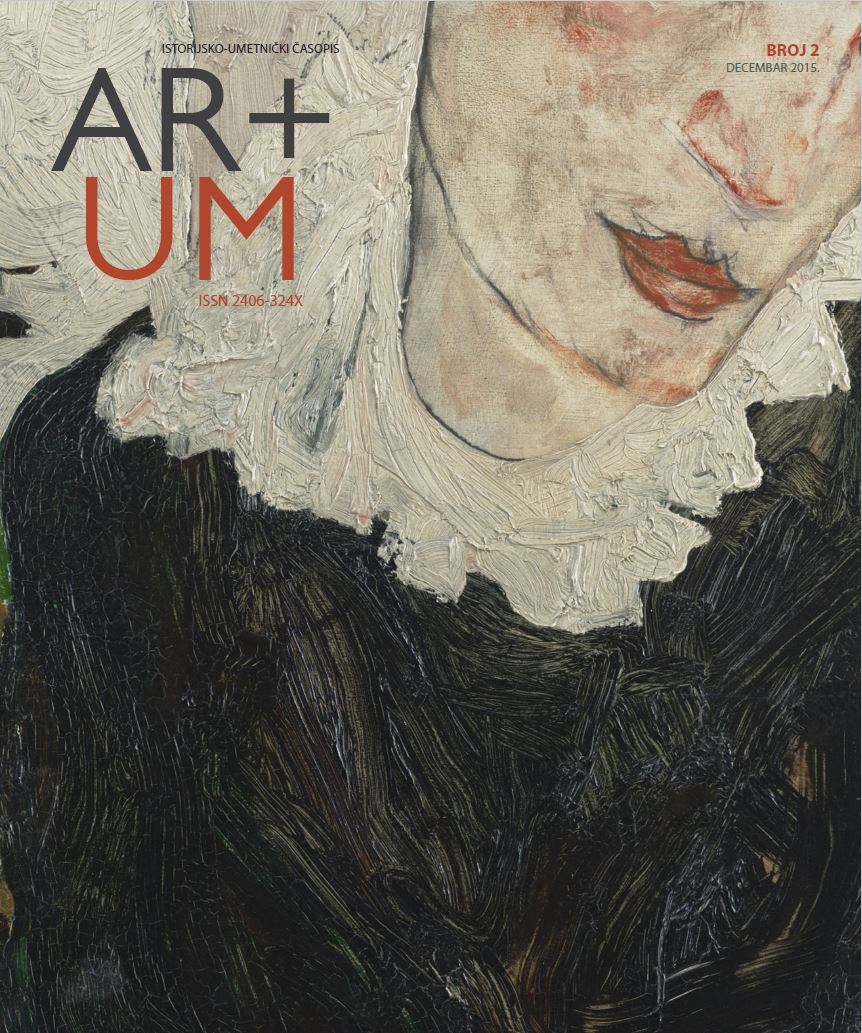Bonton kao nematerijalno nasleđe
The Bon Ton as Intangible Cultural Heritage
Author(s): Jovana LazićSubject(s): Cultural history, Ethnohistory, Social history
Published by: Филозофски факултет, Универзитет у Београду
Keywords: bon ton;intangible cultural heritage;cultural identity;collective consciousness;intracultural communication;
Summary/Abstract: The bon ton, as defined in this paper, represents a set of written or unwritten rules of socially acceptable forms of verbal and non-verbal communication within a given society at a certain moment. Following that definition, the examples of adequate behavior that are still in use can be traced back to the sixteenth century, to the first known etiquette book, “Galateo” by Giovanni dela Casa. The continuance of given rules clearly shows that they represent a significant aspect of a cultural identity. Likewise, the examples of slow and hard changes of accepted sets of rules testify about how deeply they reach into collective consciousness. Examining the definitions of cultural identity, it can be easily tied to the bon ton, in a manner that bon ton is actually a form of manifestation of a cultural identity. This assertion can be backed up by numerous examples of misunderstandings within intercultural communication. Given the Convention for the Safeguarding of Intangible Cultural Heritage, passed by the UNESCO General Conference held in 2003, it is certain that bon ton fulfills the requirements to be viewed as a form of intangible cultural heritage, considering it’s continuance, evolution and importance as a demonstration of a cultural identity of a society. Viewed as living heritage, the moves should be made towards safeguarding of bon ton, while making sure it’s not being materialized and that way prevented from further evolution.
Journal: Artum - Istorijsko-umetnički časopis
- Issue Year: 2/2015
- Issue No: 2
- Page Range: 87-93
- Page Count: 7
- Language: Serbian

